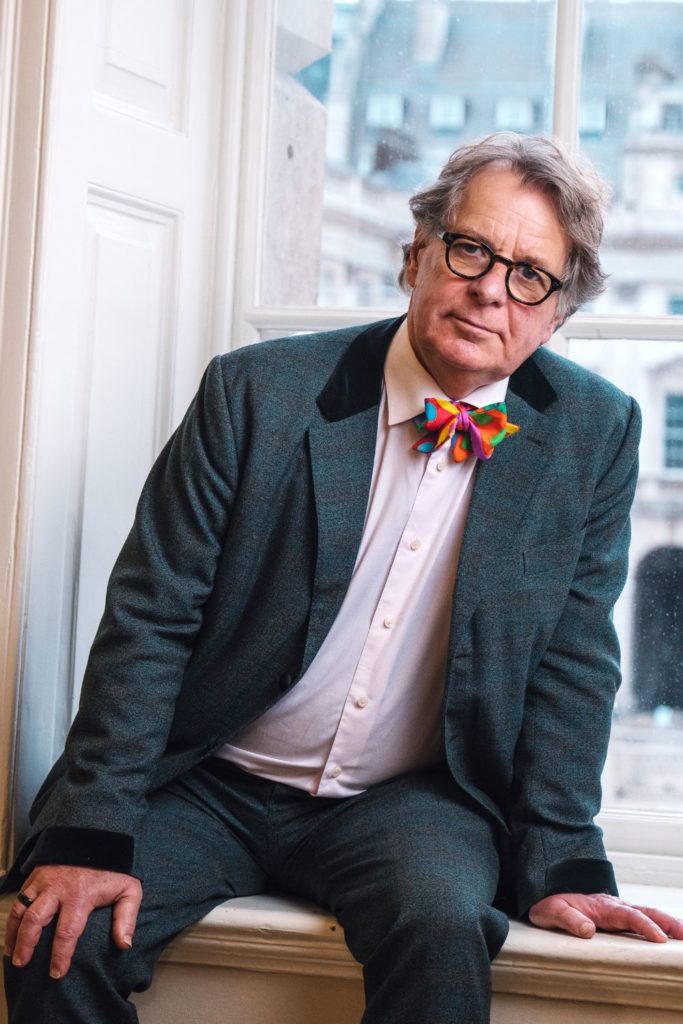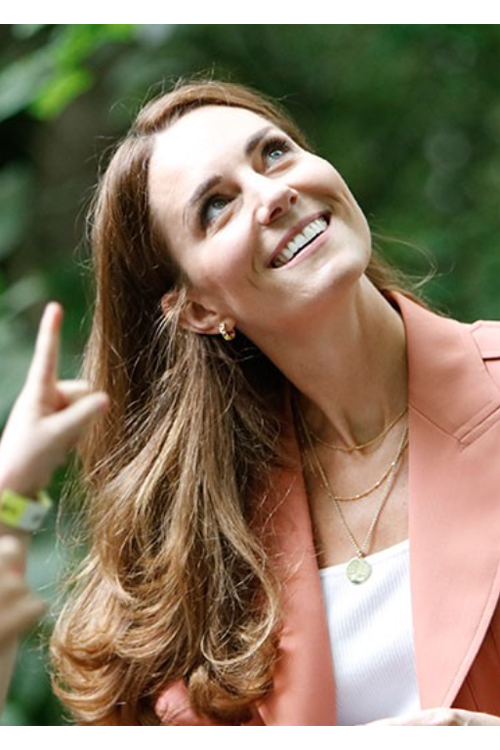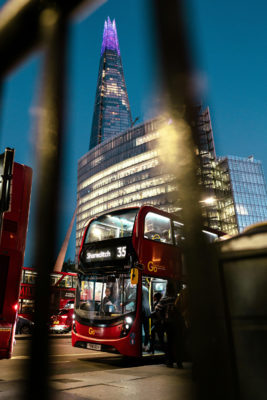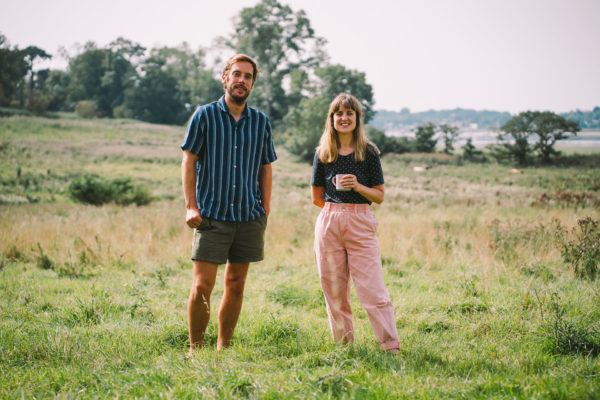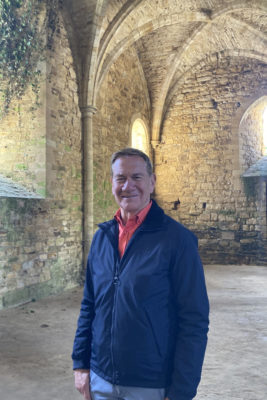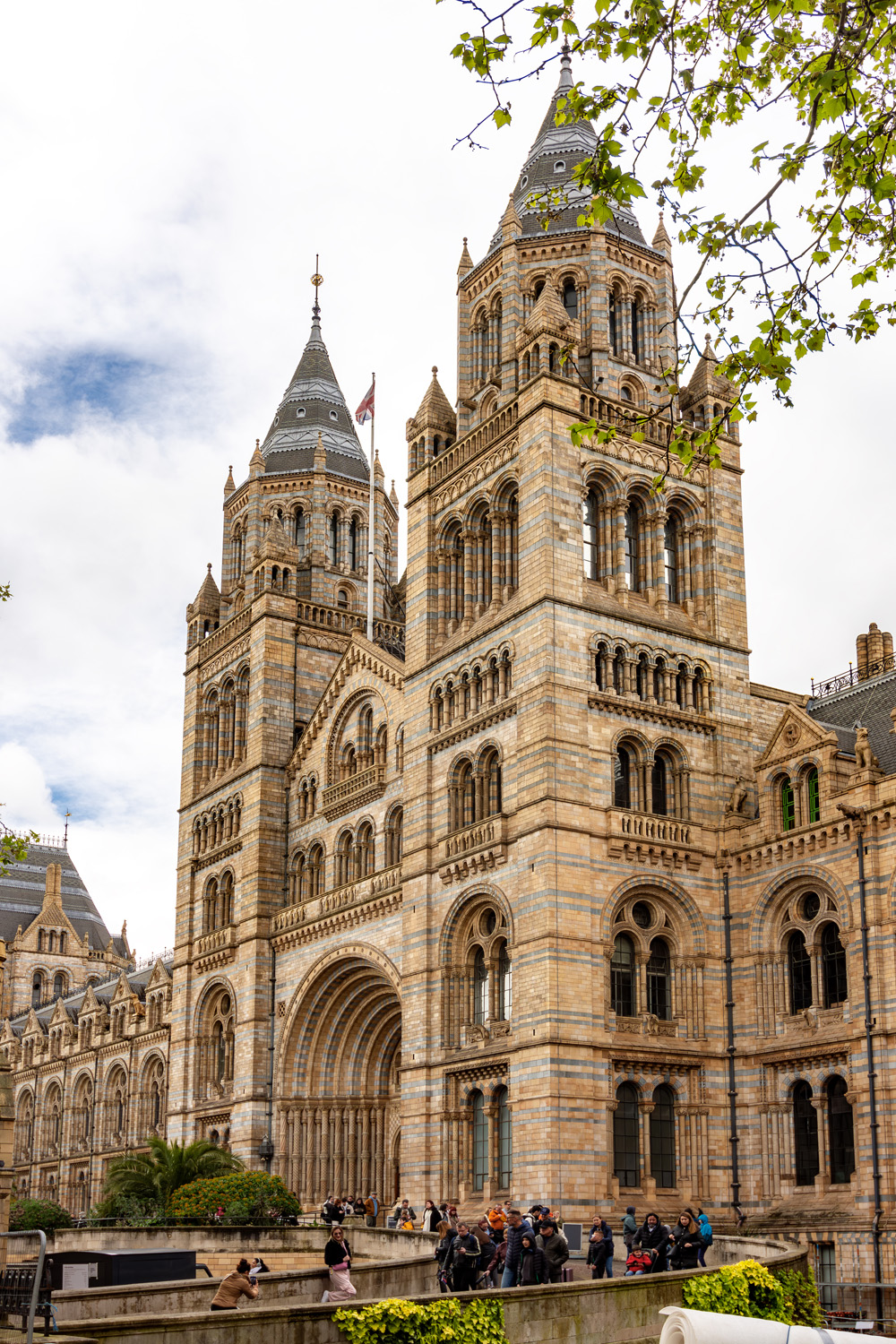
The Natural History Museum Is Launching A New Climate Action Gallery
By
2 months ago
The permanent, free-to-visit space is set to open in April
The Natural History Museum’s free youth climate programme Fixing Our Broken Planet: Generation Hope is set to return this spring (29 April–3 May). But before that, a brand new gallery will open, exploring the biggest challenges facing our planet today. Here’s what you need to know.
Fixing Our Broken Planet: Inside The Natural History Museum’s New Gallery
After the launch of its all-new gardens last year, the Natural History Museum has today revealed a whole host of new internal restorations are in the pipeline – and first of all, we have a brand new gallery to look forward to.
The NHM is home to a range of galleries exploring dinosaurs, fossils, animals, minerals, the history of natural history and plenty more. The latest (and the first new NHM gallery to open in a decade) is called Fixing Our Broken Planet, and will showcase 250 specimens from across the natural world, many of which have never been seen before – from a Sumatran rhinoceros, to parasitic worms to whale earwax. All of this will combine to tell the story of humanity’s fragile relationship with the natural world, and spotlight the biggest challenges facing our planet today, how these things impact our health. As our demands on food, materials and energy soar, visitors will also be given practical, evidence-based choices they can take to combat the planetary emergency.
‘Our scientists have been working to find solutions for and from nature,’ says NHM director, Dr Doug Gurr, says. ‘Fixing Our Broken Planet places this research at the heart of the Museum, allowing us to offer visitors positive ways in which they can act for the planet.
‘By combining the inspiring science and advocacy found in the gallery with the voices of Generation Hope changemakers, we’re showing that we all have the power to make change,’ Dr Gurr says.
Drawing together the research of the NHM’s pioneering scientists, Fixing Our Broken Planet will also present advice from environmentalists and young changemakers on how to better care for the planet and its future. The gallery will be accompanied by a programme of events and activities, empowering people to make change to save our planet throughout the year. This includes the return of the NHM’s youth programme, Fixing Our Broken Planet: Generation Hope, which will offer a series of free workshops, panels and talks created in collaboration with young climate leaders from across the world this spring. (Find out more and book your tickets here.)
‘The innovative new gallery will enable visitors to understand the biggest environmental challenges facing our planet and how we can address them,’ says Professor Louise Heathwaite, executive chair of the Natural Environment Research Council, which is supporting the NHM with a £1.64 million grant. ‘It will highlight the incredible work of our scientists who are finding solutions for a sustainable future. We are delighted to be partnering on this project, which demonstrates how positive action and the strength of working together are the key to protecting our planet.’
Fixing Our Broken Planet is the first puzzle piece in the NHM’s groundbreaking transformation plans as it approaches its 150th birthday in 2031. The plans include another new gallery in 2027, this time targeting families with interactive and playful exhibits.
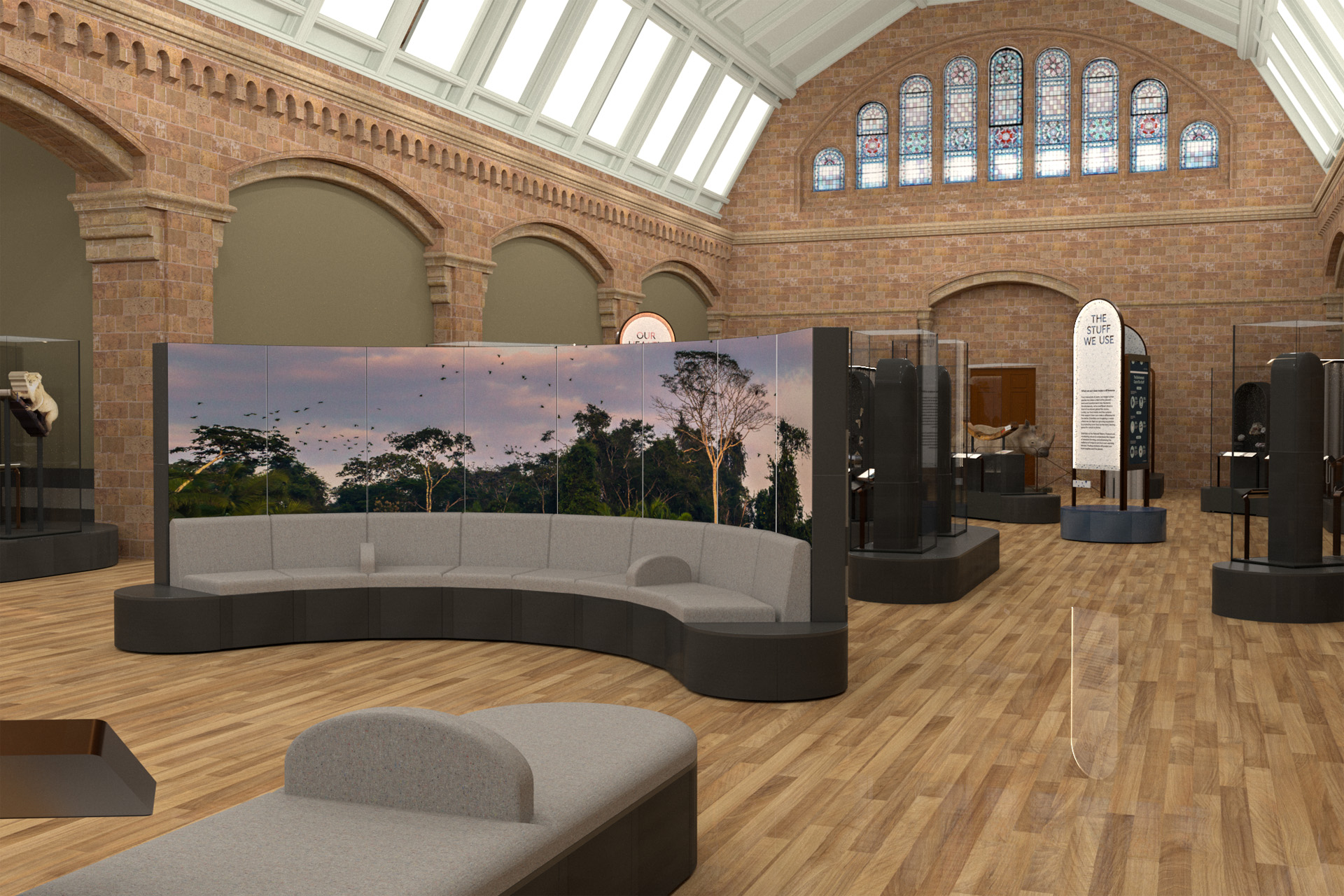
Digital render of the gallery
When Will It Open?
Fixing Our Broken Planet will be open to visitors from Thursday 3 April 2025. As with the rest of the NHM, it will be free for all visitors.
It will take over the Waterhouse building, which dates back to 1881 but was in need of a full restoration. Using funds from the Department for Culture, Media and Sport’s Public Bodies Infrastructure Fund (PBIF), the original Victorian features have been retained, blending with eco-friendly materials and methods to rebuild facets in disrepair.
‘To create effective lasting change for the planet we must inspire all generations,’ says Arts Minister Sir Chris Bryant. ‘This new free permanent gallery, part funded by DCMS, will showcase research from the brilliant scientists at the Natural History Museum, helping to educate, challenge and entertain the public on the natural world while demonstrating how we can all make a difference.’
VISIT
The Natural History Museum is open everyday from 10am to 5.50pm. It’s free for all to visit, but you can book a timed entry slot at nhm.ac.uk
Find It: Cromwell Rd, South Kensington, London SW7 5BD


